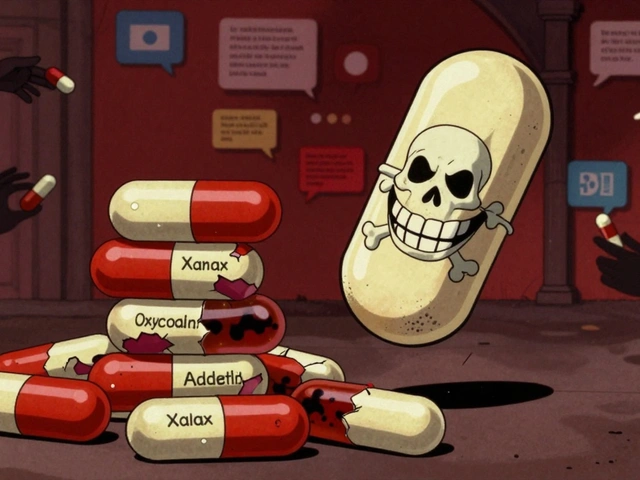Depression Treatment: Real‑World Options That Work
Feeling low for weeks or months isn’t just “being sad.” It can be clinical depression, and the good news is there are many ways to fight it. Below you’ll find a quick rundown of medication options, therapy approaches, and everyday habits that actually move the needle.
Medication Alternatives That Fit Your Life
Most people start with a prescription antidepressant. Selective serotonin reuptake inhibitors (SSRIs) like fluoxetine are common first choices because they tend to have few side effects. If an SSRI doesn’t help after a few weeks, doctors often switch to another class.
Wellbutrin SR (bupropion) is a popular alternative, especially when you need extra energy or want to avoid sexual side effects. However, some people can’t take bupropion due to anxiety, seizures, or other health issues. In those cases, consider these options:
- Serotonin‑norepinephrine reuptake inhibitors (SNRIs) such as venlafaxine or duloxetine, which hit two brain chemicals at once.
- Atypical antidepressants like mirtazapine for sleep problems, or vilazodone for a mix of serotonin and dopamine effects.
- Older tricyclics (amitriptyline, nortriptyline) that work well for chronic pain plus mood.
- Augmentation strategies – adding a low dose of lithium, thyroid hormone, or an atypical antipsychotic when a single drug isn’t enough.
When you hear “alternatives,” remember it’s not about hopping from pill to pill. Talk to your prescriber about dosage, timing, and potential interactions before you switch.
Therapy and Lifestyle Moves That Boost Results
Medication alone often isn’t enough. Cognitive‑behavioral therapy (CBT) teaches you how to spot negative thoughts and replace them with realistic ones. A typical CBT course runs for 12‑16 weekly sessions and can lower relapse rates by half.
If you prefer a more holistic vibe, check out mindfulness‑based stress reduction (MBSR) or acceptance‑commitment therapy (ACT). Both focus on staying present and accepting emotions without judgment, which can calm the rumination loop that fuels depression.
Exercise is another proven mood lifter. Even a 20‑minute brisk walk three times a week releases endorphins and improves sleep. If you’re not a fan of jogging, try dancing, gardening, or short yoga videos at home.
Nutrition matters, too. Diets rich in omega‑3 fatty acids (found in salmon, walnuts, flaxseed) and low in processed sugars have been linked to better mood scores. A simple rule: fill half your plate with colorful veggies, add a protein source, and finish with whole grains.
Sleep hygiene can’t be ignored. Aim for 7‑9 hours of consistent sleep, keep the bedroom dark, and avoid screens at least an hour before bedtime. If insomnia persists, a short course of a sleep‑aid medication under doctor supervision may be worthwhile.
Social connection also fights depression. Schedule a coffee chat, join a hobby group, or volunteer locally. Even brief daily check‑ins with a friend can lift mood and provide accountability for treatment goals.
Lastly, track your progress. Use a paper journal or an app to note mood, medication side effects, therapy insights, and sleep patterns. Patterns emerge that help you and your clinician fine‑tune the plan.
Depression is tough, but you have many tools to beat it. Combine the right meds with therapy, movement, and healthy habits, and you’ll give yourself the best shot at feeling like yourself again.





